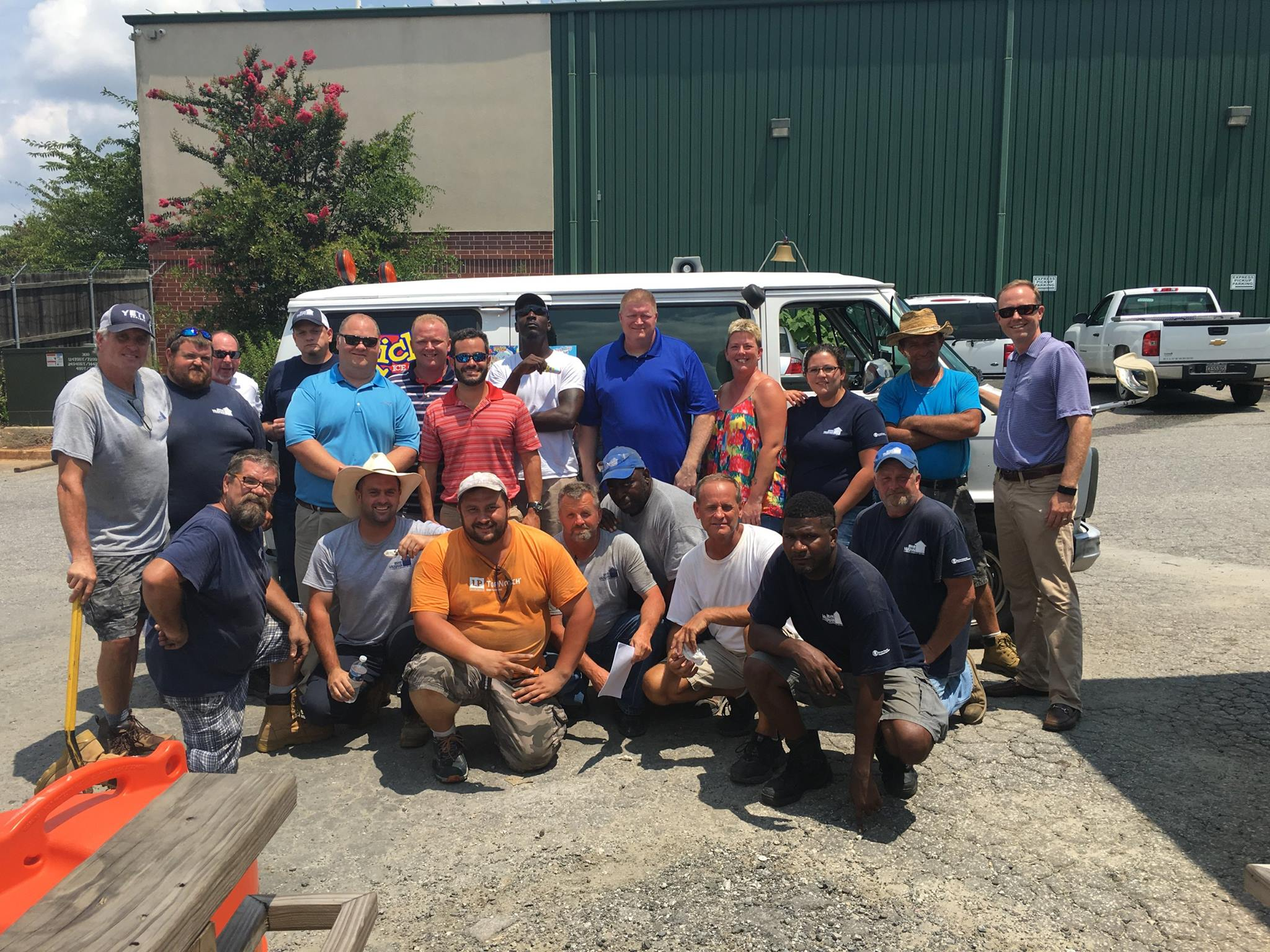From the President: BVL on Hiring Practices
Jon Vaughan

The Atlanta building market has exploded over the last decade.
As a result, we’ve seen significant growth within Brand Vaughan Lumber: the market growth has led to a large surge in hiring. While we still have many employees who have been with us for 20 years or more, we also have an influx of new hires.
In 2009, we had just 31 employees. Today, we’re up to 185. Such quick growth has forced us to rethink our hiring process in order to find, train and retain the best talent.
One of our newest hiring strategies is to push our employee referral program in a way that results in finding people who fit in with our company’s culture and incentivizes them to stay. We just sent out our first referral check, so I’m pleased to say the new system is working.
Here’s what we do.
We offer current employees up to $3,500 for every applicant they refer who ends up being hired. When the referral is hired, the existing employee receives $250 right off the bat. Once the new hire has been with us for 90 days, the person who made the referral gets another $250. The longer that candidate stays, the bigger the referral bonus.

We typically like to send out reminders of this incentive program on Fridays so that our employees can tell their friends over the weekend. This kind of strategy has gotten our employees invested in referring high-quality candidates: they’re more likely to refer the right type of person, not just someone they know who is unemployed.
The program has also helped to retain our existing talent because they have long-term financial benchmarks to look forward to. I’m really excited to see how this grows over the coming years.
Your Guide to Retaining Skilled Employees
Recruiting might be one way to thrive during the labor shortage, but the long-term solution is employee retention. So how do you invest in your employees without going out of business? This complete guide to employee retention will show you how.
Like most building materials suppliers, we have our go-to resources for finding applicants throughout the hiring process. We use our industry network, plus online resources like LinkedIn, Indeed and Monster. Once we start talking to candidates, however, we start to broaden the conversation.
Instead of just talking through a new candidate’s employment history, we start the discussion with our three Cs:
- Culture
- Character
- Competency

Finally, we value competency, which allows us to find people who are good at what they do and can help BVL continue to grow and thrive as an industry leader.
Another strategy we use to find, train and retain the best talent is investing in a system that works. For us, that meant bringing in a full-time human resources staff member who was able to streamline and track the hiring process. Now we’re much more efficient in reviewing resumes and getting the right people in the door for interviews.
We’ve also begun to rigorously track our hiring metrics. We know how many applicants we’re getting from different channels, how many we hire, and how well we retain them. This has been a big step for us as we continue to grow and search for the right talent to join our team.
We’re committed to finding and keeping the best talent that exists, so we’ll continuously review and improve our processes until we are confident we have a system that works. How do you find, train and retain talent at your company? Are there strategies you’ve seen work more than others?